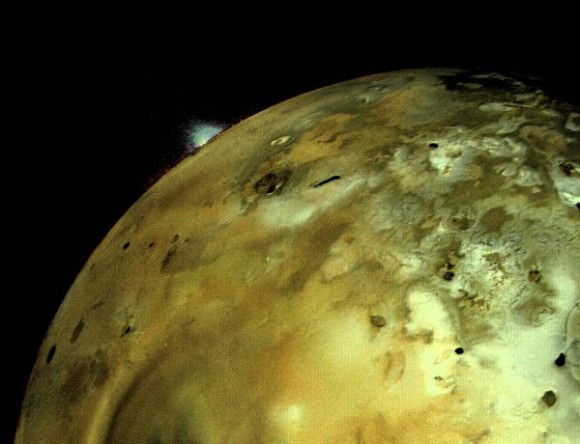
© NASA/JPLVoyager 1 acquired this image of Io on March 4, 1971. An enormous volcanic explosion can be seen silhouetted against dark space over Io’s bright limb.
Recent observations of Jupiter's moon Io has revealed a massive volcanic eruption taking place 628,300,000 km (390,400,000 miles) from Earth. Io, the innermost of the four largest moons around Jupiter, is the most volcanically active object in the Solar System with about 240 active regions. But this new one definitely caught the eye of
Dr. Imke de Pater, Professor of Astronomy and of Earth and Planetary Science at the University of California in Berkeley. She was using the Keck II telescope on Mauna Kea in Hawaii on August 15, 2013 when it immediately became apparent something big was happening at Io.
"When you are right at the telescope and see the data, this is something you can see immediately, especially with a big eruption like that," de Pater told Universe Today via phone.
de Pater said this eruption is one of the top 10 most powerful eruptions that have been seen on this moon. "It is a very energetic eruption that covers over a 30 square kilometer area," she said. "For Earth, that is big, and for Io it is very big too. It really is one of the biggest eruptions we have seen."
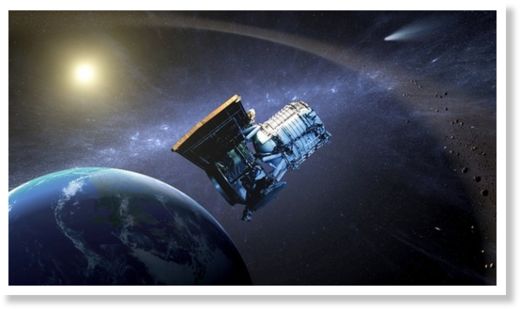
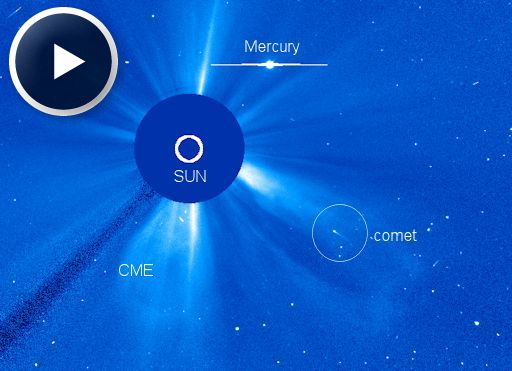



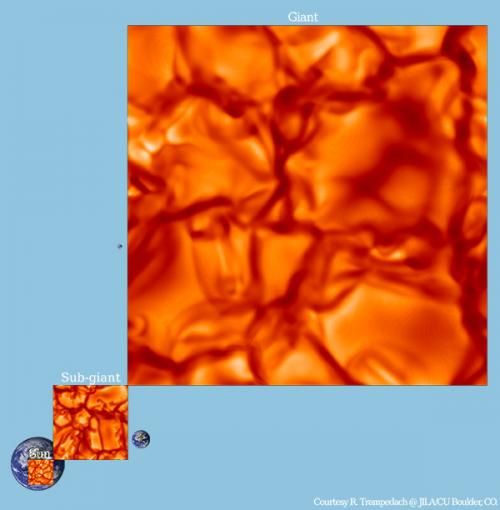
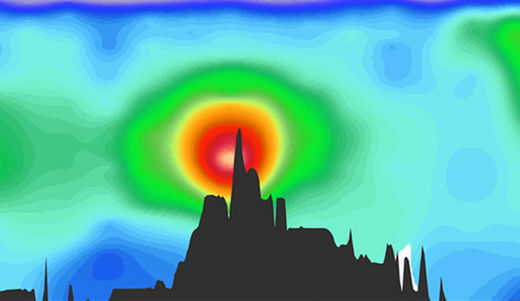

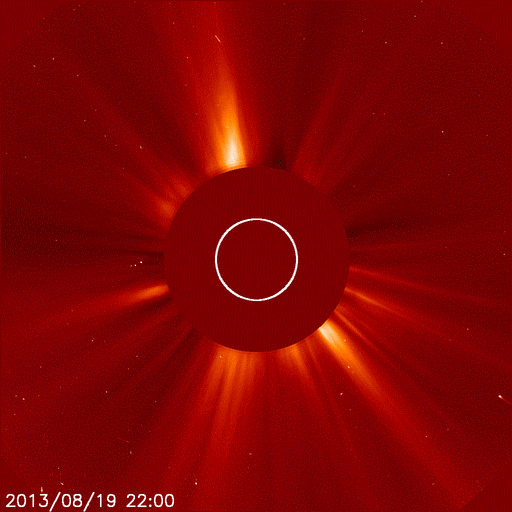
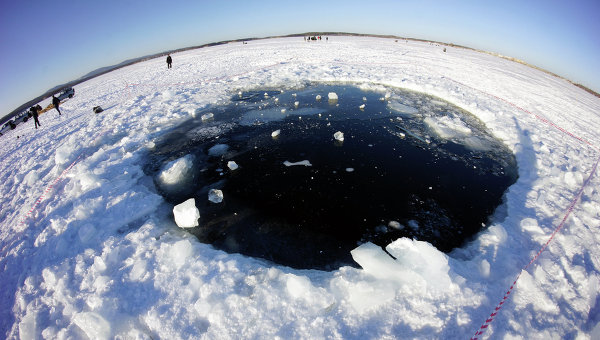



Comment: We wonder if they're panicked by the recent jump in the number of fireball meteor events and untracked NEOs apparently appearing out of nowhere?